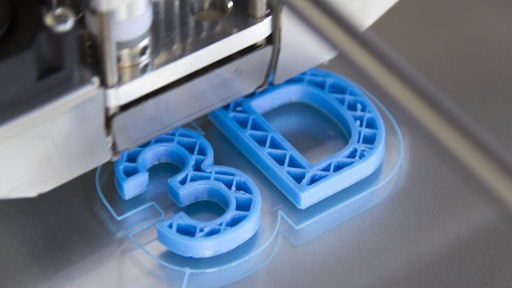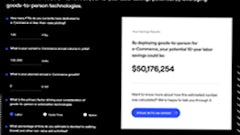
The Coronavirus disease (COVID-19) has wreaked havoc on supply chains since March 2020. From the strain on global suppliers to the frenzied demand across categories like home office desks and hand sanitizer, 2020 has been a challenging year for the balance of supply and demand.
But, before any successful supply management, you must first forecast demand.
In addition to referencing sales and market data, businesses can actually anticipate customer demand before a product sells by analyzing how customers interact with images of the product online. This strategy even works with products that haven’t been manufactured yet, thanks to 3D product visualizations.
Website product images are an untapped resource for demand forecasting. Here’s how businesses can leverage them to get stronger insights into buyer interest to inform supply needs.
Take a pulse on demand right now through image interactions
Traditional demand forecasting models use historical sales data and market research to guide supply decisions. While these methods could yield somewhat precise estimates in the past, the market volatility across industries this year has rendered past data a lot less useful.
Tracking customer demand through clicks, rotations and add-to-carts is like tracking window shoppers. You get a sense of how many people might like to buy your product in the future, but not at this moment. That’s more or less the window you need to direct your supplies production.
A click is not a sale, however, and it’s important to note that image forecasting probably can’t replace existing forecasting analyses entirely. But, image interactions do serve as a great statistical supplement when historical data can’t predict the future alone.
Gauge interest in pre-manufactured products with 3D product configurations
Another benefit of analyzing customer interactions with product visuals is that you can see if there’s interest in products that haven't been made yet. Whether it’s a new add-on, a new colorway or an entirely new product, you can turn to image data to see if there’s demand. You can also use this method to evaluate whether to renew production for existing models
Regular product photography relies on having the physical product on hand, but much like supply chains, product photography operations have been largely disrupted during the pandemic.
Retailers can bypass the need for physical photography and better forecast demand by creating product visuals through 3D configuration. A 3D configurator can produce high-quality, photorealistic images from 3D assets without the need for a final product or a photography studio.
Evaluate B2B buyer appetite in tradeshows’ absence
A major challenge for B2B supply chains and wholesale marketing in 2020 has been the widespread cancellation of trade shows and industry conventions.
In the past, sellers have relied on these events to entice prospects and demo new products, a brick-and-mortar route for both marketing and evaluating demand. But, B2B products are highly configurable, which means sales reps can’t bring a customized final product to show a prospect from their booth. And, it’s also tricky to quantify prospect interest during a trade show.
Instead, B2B businesses can get a far clearer picture of buyer interest by tracking B2B prospect interest online. If you follow early sales conversations on a platform while buyers are in the investigation stage, you can track product configurations to alert your supply decision makers about which parts, inputs and models might be in demand.
Integrate product visual data with your analytics platform to understand demand right now
As supply chain managers plan for 2021, they’ll need all the data they can get to make informed decisions for supply flows in a turbulent landscape. An online product configurator makes it easy to merge data workflows for your demand forecasting.
Configuration platforms store product SKUs, which means you can follow full product life cycles from product page interactions to sales numbers. This way, you can analyze product image click numbers and 2019 sales data side-by-side to get a fuller portrait of what demand in the months ahead might look like.
We can’t predict the future, but through strategic forecasting methodology, we can get pretty close. Instead of relying on the past to inform your supply chain decisions, retailers can better understand current demand by listening to their window shoppers. Online, product images are your store’s window displays.

























